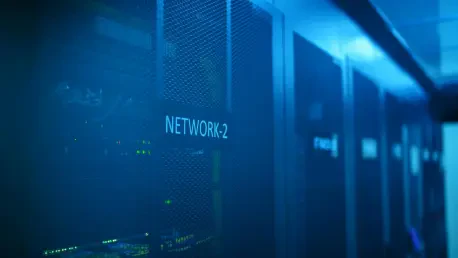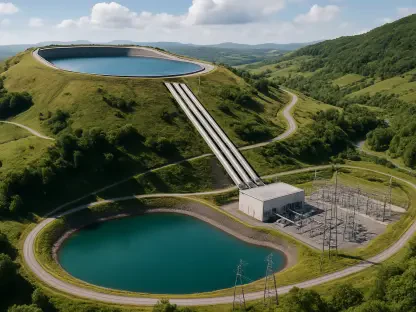Industry Overview
In an era marked by digital acceleration, data centers are mushrooming globally, pushing energy demands to unprecedented levels. Amazon Web Services (AWS), a major player in cloud computing, has committed to addressing these surging energy needs while advancing sustainability. This commitment is evident in the agreement forged with Talen Energy to leverage the Susquehanna nuclear power plant’s capacity for AWS’s data operations. As industries intertwine, nuclear power presents a novel pathway to sustainable digital expansion, underscoring a transformational alliance between technology and traditional energy sectors.
Trends Influencing Data Center Energy Needs
Emerging Trends
The increasing shift toward cloud computing has amplified the demand for data center energy consumption, driven by rising digital workloads and evolving customer expectations. Emerging technologies such as artificial intelligence and Internet of Things (IoT) devices have accelerated growth, promoting the necessity for efficient and scalable power solutions. This trend mirrors a broader market transition toward green energy sources as businesses align themselves with eco-conscious consumer values.
Market Analysis
In response to these burgeoning requirements, AWS’s strategic partnership with Talen Energy seeks to harness the reliable energy output from the Susquehanna nuclear facility. Market forecasts predict sustained expansion in data center footprints, with estimated exponential growth in digital workloads. From current projections, the agreement could result in significant energy savings, providing AWS with a stable energy foundation for its future data center pursuits, fueled by clean nuclear power.
Challenges in Leveraging Nuclear Power
Transitioning to nuclear power as a primary energy source in this context is not without its hurdles. The integration of nuclear energy into AWS’s data center operations poses several challenges, including technological adaptation and regulatory complexities. Developing seamless routes for nuclear power delivery necessitates overcoming logistical constraints and mitigating potential geopolitical impacts. However, innovative solutions and strategic collaborations are paving the way to address these obstacles and optimize nuclear resource utilization.
Regulatory Landscape
The regulatory framework governing nuclear energy integration within the tech industry is multifaceted and evolving. Compliance with rigorous safety standards and grappling with changing legislative landscapes are imperative. Recent developments shed light on the need for adaptable regulations that accommodate rapid technological advancements while ensuring environmental safety and public trust. Successful navigation of these legal avenues will be crucial for AWS and Talen Energy in cementing nuclear power’s role in cloud infrastructure growth.
Future Directions in Energy Utilization
Looking ahead, nuclear power stands poised to redefine data center energy paradigms. This energy partnership unlocks opportunities for iterative technology improvements, such as small modular reactor designs, enhancing operational efficiency and output capacity. As AWS scales its infrastructure, the symbiotic relationship with Talen Energy could prompt widespread industry shifts, steering towards smarter, cleaner energy models. The journey reflects evolving consumer preferences, environmental priorities, and technological innovation intertwining to carve future avenues in data-driven economies.
Conclusion
The collaboration between AWS and Talen Energy exemplifies a progressive stride toward harnessing nuclear power for data center expansion, outlining a future of sustainable growth and industry convergence. As AWS continues to blend traditional energy sources with cutting-edge cloud technology, it is positioned to meet rising digital demands while championing environmental stewardship. This transformative period presented both challenges and opportunities, offering companies a chance to innovate and adapt within a rapidly shifting global landscape. Strategic investments in nuclear infrastructure and regulatory evolution paved the way for a cleaner and more efficient energy future, marking a pivotal moment in the digital transition narrative.









